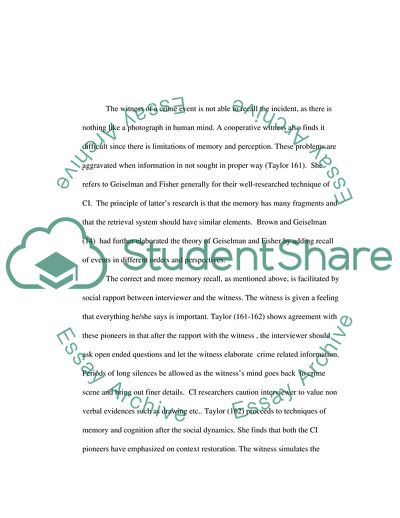Cite this document
(Investigative interviewing - The person of Interest Literature review, n.d.)
Investigative interviewing - The person of Interest Literature review. https://studentshare.org/psychology/1716225-investigative-interviewing-the-person-of-interest
Investigative interviewing - The person of Interest Literature review. https://studentshare.org/psychology/1716225-investigative-interviewing-the-person-of-interest
(Investigative Interviewing - The Person of Interest Literature Review)
Investigative Interviewing - The Person of Interest Literature Review. https://studentshare.org/psychology/1716225-investigative-interviewing-the-person-of-interest.
Investigative Interviewing - The Person of Interest Literature Review. https://studentshare.org/psychology/1716225-investigative-interviewing-the-person-of-interest.
“Investigative Interviewing - The Person of Interest Literature Review”. https://studentshare.org/psychology/1716225-investigative-interviewing-the-person-of-interest.


